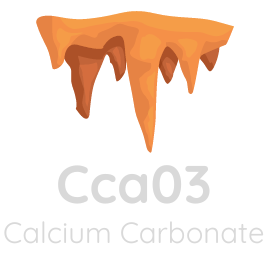
The daily production output of a calcium carbonate factory can vary significantly depending on several factors, including:

1. Factory Size and Capacity: Larger factories with more advanced equipment and technology can typically produce higher quantities of calcium carbonate per day.
2. Raw Material Quality and Availability: The quality and availability of limestone, the primary raw material used in calcium carbonate production, can impact output. High-quality limestone with a high calcium carbonate content can lead to increased production efficiency.
3. Production Process: Different production processes, such as wet process or dry process, can have varying levels of efficiency and output.
4. Product Specifications: The specific requirements of the calcium carbonate product, such as particle size, purity, and whiteness, can influence production speed and efficiency.
5. Equipment Maintenance and Downtime: Regular maintenance and minimal downtime of production equipment are crucial for maintaining high output levels.
6. Labor Efficiency: The skill and efficiency of the factory’s workforce can impact production rates.
7. Energy Costs: The cost of energy, which is a significant factor in calcium carbonate production, can influence output levels. Factories that can optimize energy consumption can reduce costs and potentially increase production.
Typical Production Output Ranges
While production output can vary widely, here are some typical ranges for calcium carbonate factories:
- Small-scale factories: 10-50 tons per day
- Medium-scale factories: 50-200 tons per day
- Large-scale factories: 200-500 tons per day
- Very large-scale factories: Over 500 tons per day
It’s important to note that these are just estimates, and actual production output can vary depending on the factors mentioned above.
Factors Affecting Production Efficiency
Several factors can influence the efficiency of calcium carbonate production, including:
- Raw material quality: High-quality limestone with a high calcium carbonate content can improve production efficiency.
- Process optimization: Implementing efficient production processes and optimizing equipment can increase output.
- Energy efficiency: Reducing energy consumption can lower costs and potentially increase production.
- Maintenance and downtime: Regular maintenance and minimal downtime of production equipment can ensure uninterrupted production.
- Labor efficiency: A skilled and motivated workforce can improve productivity.
By addressing these factors, calcium carbonate factories can strive to maximize their daily production output and meet market demand.
Additional Considerations
- Product Demand: The demand for calcium carbonate can fluctuate, affecting production levels. Factories may need to adjust their output to match market demand.
- Environmental Regulations: Compliance with environmental regulations, such as emissions standards, can impact production processes and costs.
- Market Competition: Competition from other calcium carbonate producers can influence pricing and production levels.
- Technological Advancements: Continuous advancements in technology and production methods can improve efficiency and increase output.
By considering these factors and implementing effective strategies, calcium carbonate factories can optimize their production processes and achieve their desired output levels.
read more : Mesh Calcium Carbonate: A Versatile Material




